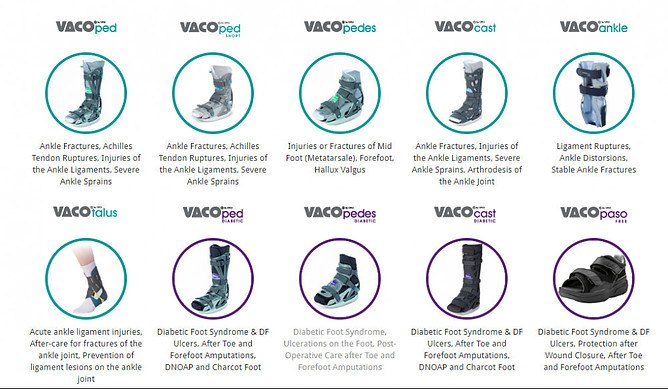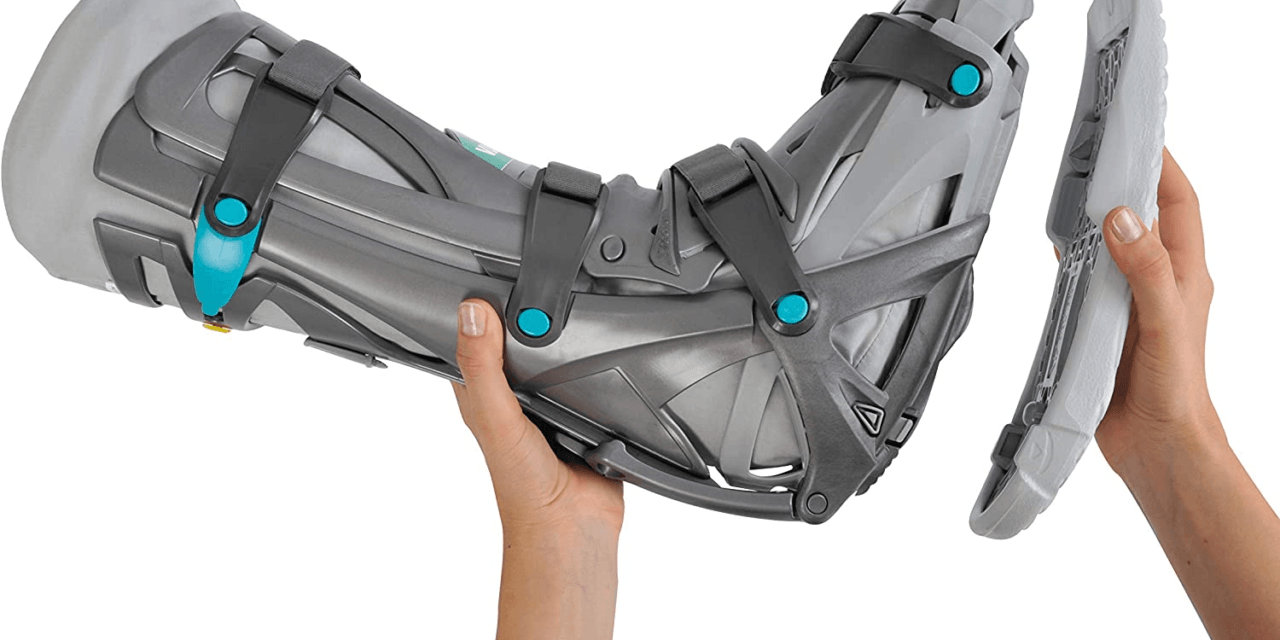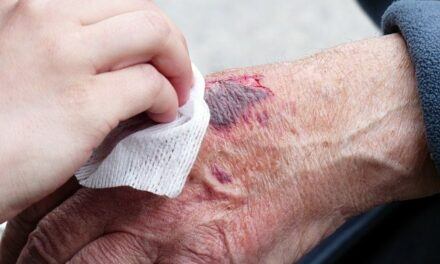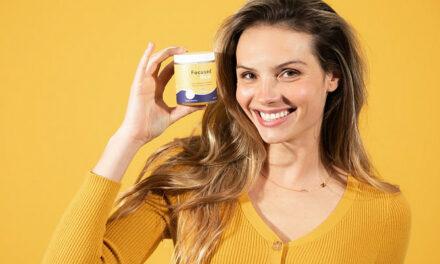In this article, we will be reviewing VACOpedes and VACOped Diabetes Boots together with other +OAPL. (and OPED) Diabetic Boots, and Boot Cushions, Cushion Inserts and Liners.
Before the review, let’s touch on the importance of wearing proper shoes and footwear for diabetics.
Good shoes take you to places. We have all heard of this statement, but when you are diagnosed with diabetes, this statement becomes much more important. Why is that? That’s because people with diabetics are more prone to foot ulcers and other foot-related injuries which can lead to amputations.
Seeing that our feet gives us independence and allows us to be mobile. This shows how important it is to wear diabetic shoes or boots, cushion inserts and other orthotics as this protects the feet from injuries, scraps etc.
They can also help the feet heal and help you bounce back on your feet. Therefore, in this article, we will get to know more about diabetic boots and other orthotics, how to take care of your feet etc.
Then, as mentioned earlier, we will also review +OAPL diabetic boots and their other products.
Stay with me.
Before diving into the product review, let’s explore the importance of diabetic orthotics.
What are Diabetics Orthotics?
Diabetic orthotics, which comprises of diabetic shoes, cushion insert, liners for diabetic boots, socks and stockings, are all devices that help one with diabetic injuries.
The person with diabetes wears these devices in order to keep the pressure off their feet in order for their wounds to heal and also to protect them.
These orthotics can be worn by people with other foot-related conditions too, as far it is recommended by the doctor.

Tip: Heel protectors such as Heelbo and Rooke can protect your heels too.
What is Diabetic Foot Ulcer?
Diabetic foot ulcers are complications that arise as a result of the breakdown of skin tissue which exposes the underlying layer.
They are often open sores on the surface of the skin which can be found under your feet (i.e. the ball of the feet) or beneath the big toe. This often occurs in the case of unchecked diabetes, or diabetes that is badly overseen.
The people who are at risks of developing diabetic foot ulcers are people with diabetes (obviously!).
Diabetic ulcers often result in limb amputations. A survey carried out reported that diabetes is often the leading cause of limb amputations in the United States. It contributes about 80% of an estimated 120,000 non-traumatic amputations.
Causes of Diabetic Foot Ulcers
If you are with diabetes, the following conditions and circumstances can aggravate the chances of you getting a diabetic ulcer.
● Foot injuries which can be as a result of tight shoes etc.
● Poor circulation
● Nerve damage or neuropathy
● High glucose levels
Benefits of Wearing Diabetic Boots, Cushion Insert, Socks, Stockings and Liners
Here are some of the reasons why you may consider wearing one.
● They reduce recovery time
Wearing diabetic foot orthotics puts the pressure of the feet and these boosts help recovery.
● Allow mobility
With diabetic orthotic like diabetic boots, you can move around without fear of aggravating the ulcer or injuries. It is advised to limit movement though, so the ulcer or injury can heal fast.
At least diabetic boots offer an option of movement which will not have been there if you are suffering from a really serious injury and don’t have one.
● Prevent infection
Wearing a diabetic boot can prevent or stop infection or the beginning of a new one. Especially, when worn and at the same being treated with antimicrobial medications.
● Removable
Most diabetic foot ulcers orthotics are removable, so you may choose to remove them on occasion to air dry, clean etc. to maintain hygiene.

Tip: Heard about how an Air Relax compression massager can help you?
Foot Care Tips
Taking care of your feet and boot or other orthotics are one of the keys to quick recovery from diabetic ulcers.
Here are some tips:
● Check your feet regularly for signs of new blisters, cracks, tenderness, cuts, injuries etc.
● Check between the toes, on the ball of your feet etc.
You need to do that because you may not be aware that you have blisters or injury due to a condition called neuropathy. This is a condition where you don’t experience pain or other sensations, due to nerve deterioration. Therefore, without checking your feet, these injuries or blisters can deteriorate badly, and this may lead to amputation.
● Avoid tight-fitting shoes, as they cause irritation, redness, wounds and blisters. Buy footwear that fit and compatible with diabetes foot care.
● Don’t trim or try to remove the calluses yourself.
● Wash your feet daily with warm water and gently dry them off with a towel.
● We can sustain wounds through nails that are overdue. Therefore, trim your nails and file off the sharp points. Care should be taken during trimming to avoid cuts.
● Avoid moving around barefoot, because you may not be aware when you have cuts or are injured.
● Regularly put on socks or a diabetic boot or cushion insert that fits you properly.
Tip: Heard about Nano Socks for diabetic nerve pain?
Recommended Diabetic Orthotics Products
The +OAPL. Company, which was acquired by OPED company offers a wide range of innovative products which include the below.

● VACOped Diabetic Boot
● VACOpedes Diabetic Boot
● VACOcast Diabetic Boot
● +OAPL. Cushion Inserts
● Diabetic Crew Socks
● OAPL ADL Shoes
● OAPL Square Toe Post Op Shoe
● Diabetic Insole
● Foam Inlays for Diabetic VACO Boots
VACOpedes Diabetic Boots Review
This product, like other VACO products, incorporates Vacuum 12 technology.
The vacuum technology is a cushion filled with many styrofoam spheres. The pumping of air in and out of these cushions causes the cushion to either inflate or deflate. This causes the cushion to harden and behave like a cast for a few seconds, then soften to mould to the foot or leg.
The main purpose of these Vaco-products is to take the pressure off the foot or leg region.

Tip: Here’s our guide on pressure ulcer prevention products.
Indications
They are recommended for use if you have any of the following conditions:
● Used in post-op care for amputated forefoot and toes.
● Diabetic ulcer or injury
● Used in diabetic foot syndrome, and
● diabetes-related leg challenges
Key Features and Benefits
● Integrates Vacuum technology and Rocker sole
This enables a better pressure distribution.
● Removable sole
This allows for easy cleaning and air drying to reduce odor and infection.
● Accommodate any treatment plan
● Vacuum contains styrofoam spheres
● Comes with a hand pump
● Liners
This provides comfort and can be changed at any time.
● It comes with a toe clap for protection.
● It comes with a foam insole to ease the weight off or offloading.
● It is available is small, medium and large sizes.
● It keeps the forefoot immobilized while allowing movement in the ankle joint.
● The vacuum cushions can be adjusted to accommodate swelling or oedema and atrophy.
How to Wear the VACOpedes Boot?
Follow these steps.
● Before putting on, make sure the vacuum pump is by your side and if you just bought it new, remove the packaging.
● Pull up the valve ring and move it to the side, this is so that air can flow in.
● Undo the upper and lower straps and move it to the sides.
● Remove the upper shell.
● Lightly smooth out the liner containing the spheres.
● Now, place your foot in the fabric liner, position the foot in a way that your heel touches the back of the liner.
● Close the lower velcro and then close the upper velcro.
● Fit in the upper shell, then start from down to place the tabs into the lower shell, i.e. place the outer tabs towards the lower shell
● Then fasten the straps starting from the lower one upward.
● To pump your boot, push the valve ring down, then attach the suction pump.
● Squeeze the pump until it no longer inflates.
VACOped Diabetic Boots Review
This product is longer than the previous product, the VACOpedes. It incorporates vacuum technology too.

Indications
● They are used in post-op care after toe and forefoot surgery.
● Used in conditions like diabetic foot syndrome.
● Recommended for use in foot ulcers or injury.
● Used in diabetic neuro osteoarthropathy.
Key Features and Benefits
● It includes a toe clap for added protection.
● Comes with a hand pump.
● It comes with an extra liner, pump and a wedge sole (15%).
● It offers an option for a range of motion of about -15 to 30C degrees.
● It relieves pressure off the foot which boosts healing of wounds, ulcers etc.
● It comes with rocker sole which can be removed for cleaning.
● It has a shapeable foam for additional offloading of weight.
● Has an option for a lockable clasp for better compliance control.
How to Wear VACOped Boots?
Refer to the other product above (i.e. VACOpedes).
The only exception is that after closing the lower velcro, pull up the fabric liner and then close the upper velcro.

Tip: VACOPed can be used for Achilles Tendonitis or Achillies Injuries too, just like Ossure Exoform Splint.
VACOcast Diabetic Boots Review

Indications
● Used in conditions such as diabetic foot syndrome.
● For foot ulcers and injuries.
● Used in post-op care after toe and forefoot surgery.
● Used in diabetic neuro osteoarthropathy.
Key Features and Benefits
● Comes with a hand pump, for inflating and deflating the vacuum relief.
● 15-degree sole wedge.
● Extra liner.
● Integrates a vacuum relief insert which gently molds the foot and eases off the pressure.
This vacuum relief contains microbeads that fit the wearer snugly. These microbeads together with the rigid frame, provide stability and strength.
● Comes with an optional safety seal to stop the patient from opening the VACOcast.
● It serves as an effective alternative than the traditional total cast because it provides the user with an option of removing it. So, that it can be cleaned and air dry.

How to Wear the VACOcast Boot?
● Before you start putting your VACOcast, make sure that all you need is available.
● Pull the valve ring upward and move it to the side.
● Undo both the upper and lower straps.
● Open the fabric liner.
● Remove both the upper and lower shell.
● Shake and lightly smoothen the fabric liner to release the microbeads.
● Then place your foot into the fabric liner, make sure your foot reaches the back of the liner.
● Close the velcros.
● Position your foot that is now strapped with the liner to the back of the lower shell.
● Pull the fabric liner upward.
● Attach the upper shell and make sure that the valve is unbroken or covered by the upper shell.
● Note that the front tab should be inside the lower shell while the top tab of the upper shell should hang outside the lower shell
● Close the velcro strap from down to up. Be careful not to pull the straps too tight, aim for a comfortable or snug fit and also don’t make too loose.
● To pump, attach the suction pump to the valve. Squeeze it until the pump no longer inflates and then close back the valve cap.

+OAPL. ADL Shoe Review
Key Features
● It is available in black color.
● Available in four sizes: Small, Medium, Large and Extra Large
● Comes with a +OAPL. Hex Offloader Inlay which enables decreasing pressure on wounds and calloused spots.
● Forefoot caps can be integrated with it, though they are sold separately.
Indications
● Suitable for use in foot that is more at risk of diabetes.
● Diabetic foot syndrome.
+OAPL. Square Toe Post Op Shoe Review
Key Features and Benefits
● It is available in different sizes
● This product is designed in a way that allows you to wear dressings and bandages with it.
● The velcro tabs can be adjusted to keep your foot secure.
Indications
Recommended for post-operative care.
+OAPL Cushion Insert, Foam Inlay for Diabetic Vaco Boots and Diabetic Insole
All these are OAPL products that are sold separately or together with the VACOped or VACOcast boots.
They come in different sizes. They offer extra comfort, mobility, offloading etc.
Diabetic Crew Sock Review
Here is an example of the sock, which can be used for plantar fasciitis too.

Tip: Darco Offloading Shoes and Insoles may interest to you.
Liner for VACOped and VACOcast Review
Here’s how VACOcast cushion liner works.

Conclusion
In conclusion, +OAPL. products offer a wide range of options that you can choose from so that you can care and manage your diabetes-related foot conditions or after surgery care well.








0 Comments